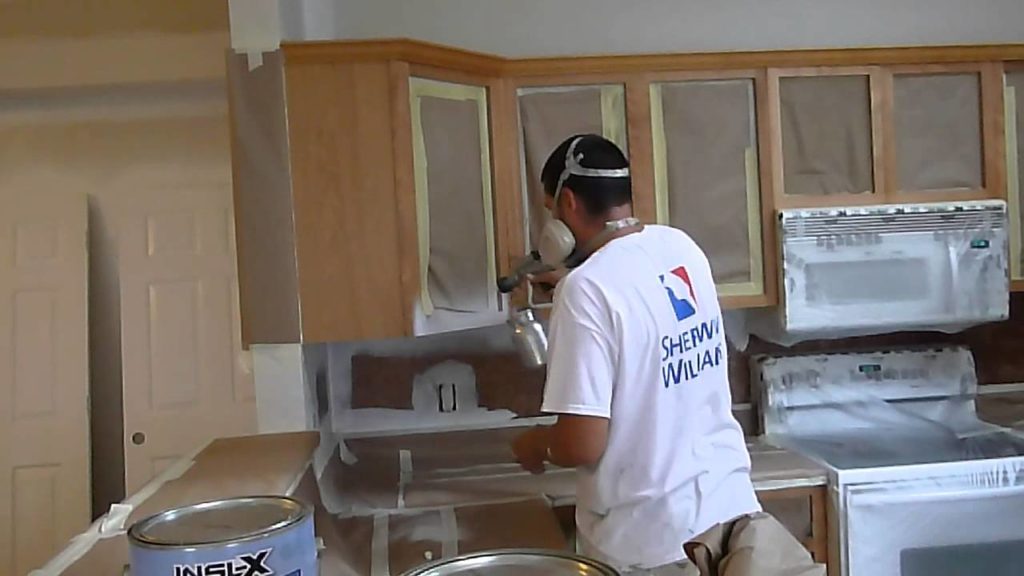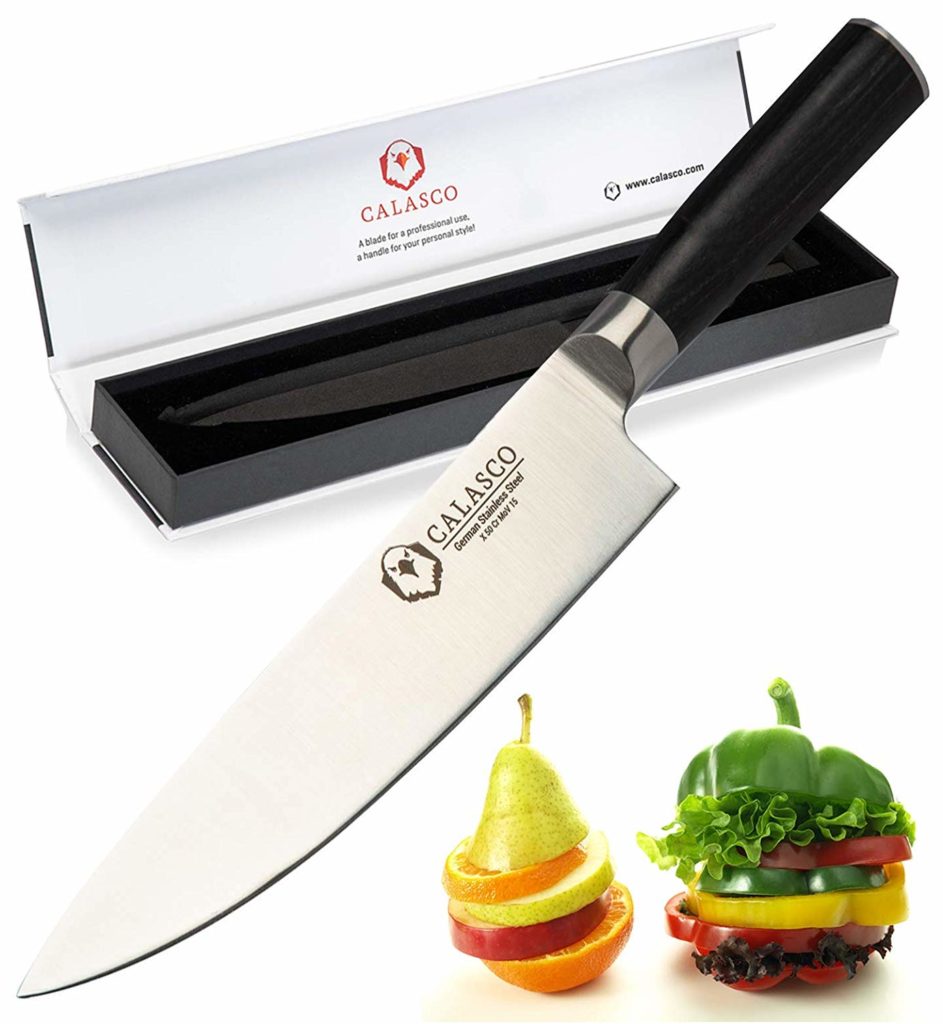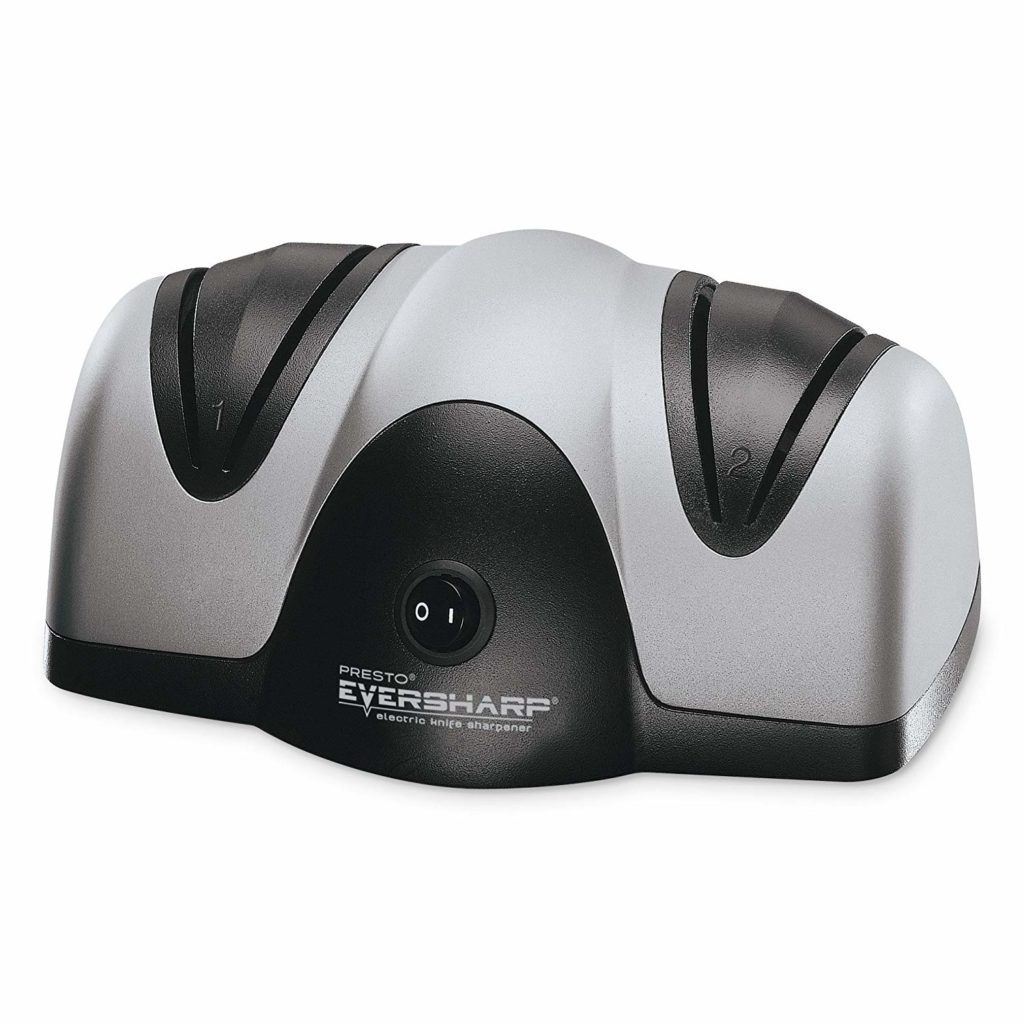So you have decided that your kitchen needs sprucing up. Painting your kitchen cabinets is often the best place to start. The build up of grease, soot, and food particles is a gradual process and you may not realize how much they need cleaning until you give them a long hard look. So let’s look at how you go about it.
Painting wood or metal kitchen cabinets is not rocket science, but that does not mean you can just buy paint and a brush and get started. There are a few simple rules to follow, but once you know how to paint kitchen cabinets, it will be a breeze. Let’s look at the process step by step.
Painting kitchen cabinets
1. Are your kitchen cabinets easily dismountable from the wall? If so, you may find it easier take them down and work on them on a newspaper covered floor.
2. Whether you dismount them or not, you have to clean them. This is not just wiping them with a damp cloth. I mean really cleaning them to get rid of all the grease, food particles and grime that have collected over time.
3. Use a good all purpose cleaner to remove all the accumulated grime. If need be do it twice.
4. Once you have finished cleaning the cupboards, allow them to completely dry.
5. Cleaning the cabinet doors is easier if the doors and hinges are removed from the cabinet body. Laying them on a flat surface will ensure they don’t move while you are scrubbing them. This also makes cleaning the slim facing pieces of the cabinet body easier to clean.
6. Make sure that all the countertops, appliances and the floor are masked off before you start.
7. Once they are clean, you come to the first step in painting kitchen cabinets – sanding them. Use a fine grit sandpaper to rub over the complete cabinet. Try and ensure that you sand the nooks and crannies as also. Don’t forget the facing areas from where you removed the doors. Sanding helps to remove the earlier coats of paint or varnish from the surface of the cabinet and allows the layers of paint and primer you will be applying to grip better. This will reduce the chances of the paint peeling and flaking off and also strength the coat of paint to withstand the bumping for utensils being moved around in the cabinet. This is a very important step, so don’t overlook it. Try to sand the surface until you see the bare wood or metal. You can do this by hand or use a high powered sanding machine.
8. Once you finish the sanding you need to apply a coat of primer to the surfaces. This is another very important step. The primer helps the paint bond with the material of your cabinets and makes for a long lasting finish.
9. Check with your hardware store for the right combination of paint and primer to use. Some products have a strong odor so be prepared to ventilate the kitchen if you are doing the painting in there.
10. By now your cabinets probably look awful. Don’t worry – you have just laid the foundation for a great paint job. So get started painting.
11. The best way to paint kitchen cabinets is by using a pneumatic sprayer. If you can’t get hold of one, using a high quality brush of 2 1/2″ to 3″ will work fine.
12. By now you may be feeling like finishing the job fast by applying a thick coat. Don’t! It will peel off. Multiple thin coats of paint are the best.
13. Let the first coat of paint dry completely and using very fine grit sandpaper, lightly sand the fresh surface – not to remove the paint but so that the next coat has a smooth surface. You don’t need to do this for metal kitchen cabinets.
14. Two coats of paint is normally enough but if your cupboards are made from heavy grain wood like oak, 3 coats will give you a better finish.
15. Once everything is dry, remount the doors and replace the cabinets on the wall, if you have taken them off.
And that’s how to paint kitchen cabinets. In case you think you cannot do it yourself, get a professional to do the job.


